We always see a white powder inside an electrical cable. It is wondering mostly why we use this powder. It must be noted that it is a very important part of the cable.
In this post, we will learn the use of white powder in electrical cables.
Current can be either low conducting or highly conducting, depending on the load used. The cable size varies depending on the load used. If the current is low, then the cable size and thickness will be smaller; and if the current is high, then the cable size and thickness will be larger.
Be it any size, you will mostly find a white powder inside a cable. The powder is used inside electrical cables to make it flexible, has high thermal conductivity, is moisture resistant, and is fireproof.
There are mostly four types of powder used in electrical cables.
They are
- talcum
- magnesium oxide
- swellable, and
- chalk
White Powder Used in Electrical Cables
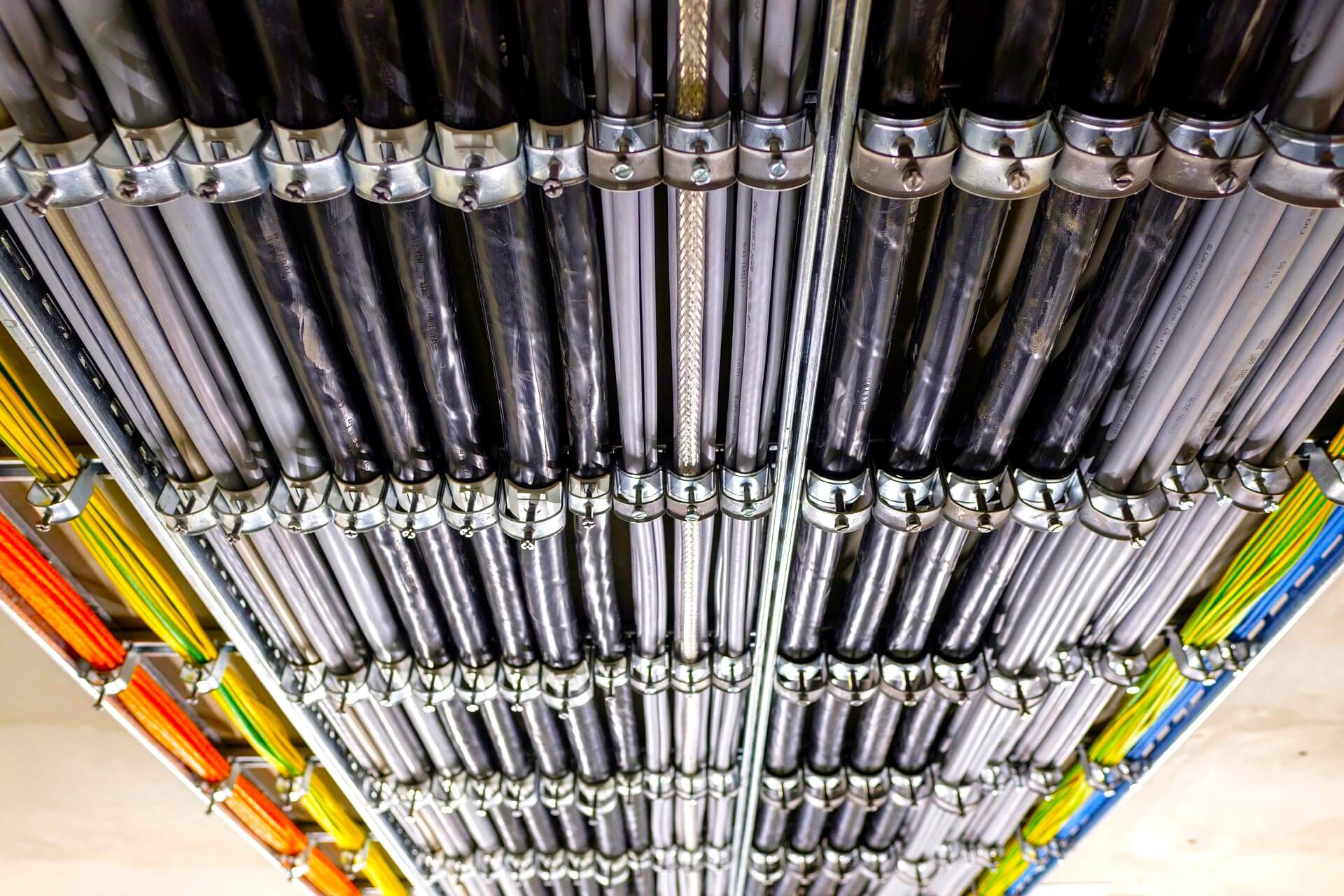
Let us have a look at the advantages of white powder in a cable.
Dryness and Reduction in Stickiness
Suppose a cable has four cores of wires. If the powder is used inside the cable, then after a long run and use, the internal wires will not stick to each other or not stick to the outer cable.
After prolonged use, the wires start to stick to each other due to internal moisture. If the wires are in touch continuously, then the overall electrical characteristics of each wire will start to malfunction.
So, the powder keeps the overall internal layer dry and stick-free. If the wires become sticky, then there are chances of breaking down too. It reduces friction and helps the cores in the cable to last longer.
High Thermal Conductivity
When a high current flows through cables, it will eventually start to heat up after a certain period of time. This heat can damage the cable permanently if it exceeds a predefined value.
So, the powder will prevent the cable from getting heated up quickly. It will prevent it from overheating, as a powder (magnesium oxide especially) has a very good thermal conductivity property. It can conduct the heat from inside of the cable to outside and prevent damage to the cable from the heat.
Flexibility and Fireproof
It helps to make the cable flexible and fireproof. Because, moist cables can easily catch fire inside, and the powder will solve this problem easily. The most famous category in this is chalk powder. They are most used in cables where there are high chances of catching fire easily.
The powder is nonconductive, provides lubricating qualities and doesn’t cause chemical degradation of the insulation of the cables, and is easily cleaned off, simply by either air pressure or wiping.
In this way, we understand the use of white powder in an electrical cable.
If you liked this article, then please subscribe to our YouTube Channel for Electrical, Electronics, Instrumentation, PLC, and SCADA video tutorials.
You can also follow us on Facebook and Twitter to receive daily updates.
Read Next:
- List of Electrical Drawings
- Importance of Neutral Wire
- Induction Motor Problems
- Why is IGBT used in VFD?
- Cables between VFD & Motor
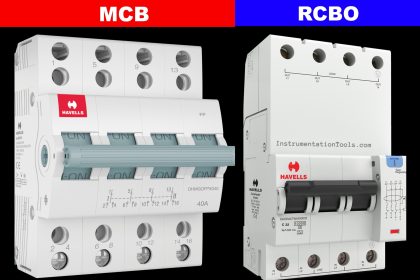
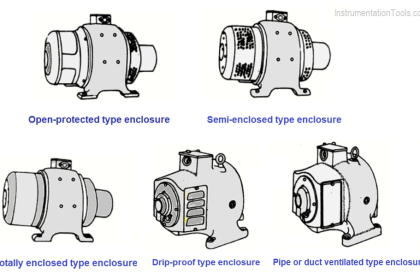

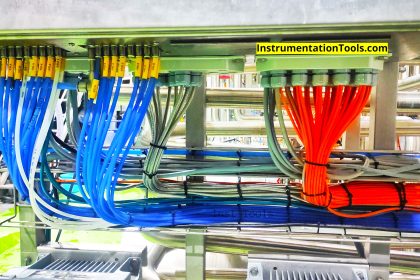
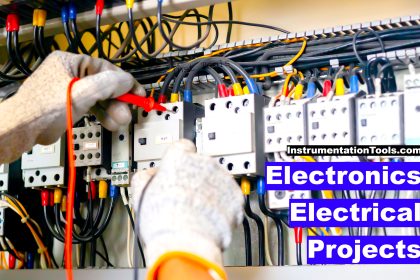


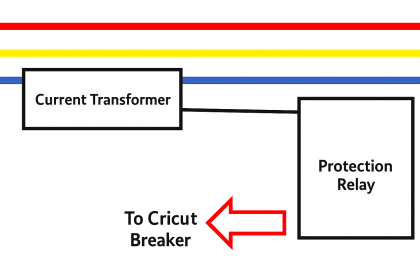
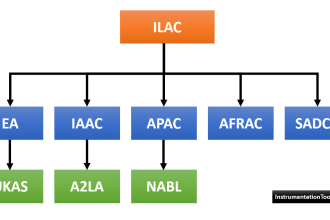
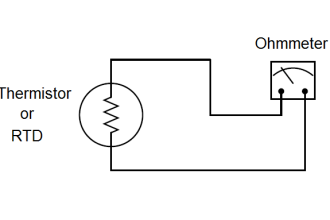



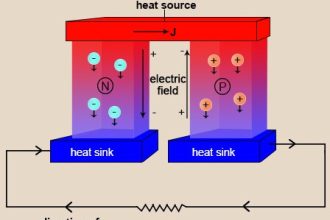



very good information about vfd,
thank you